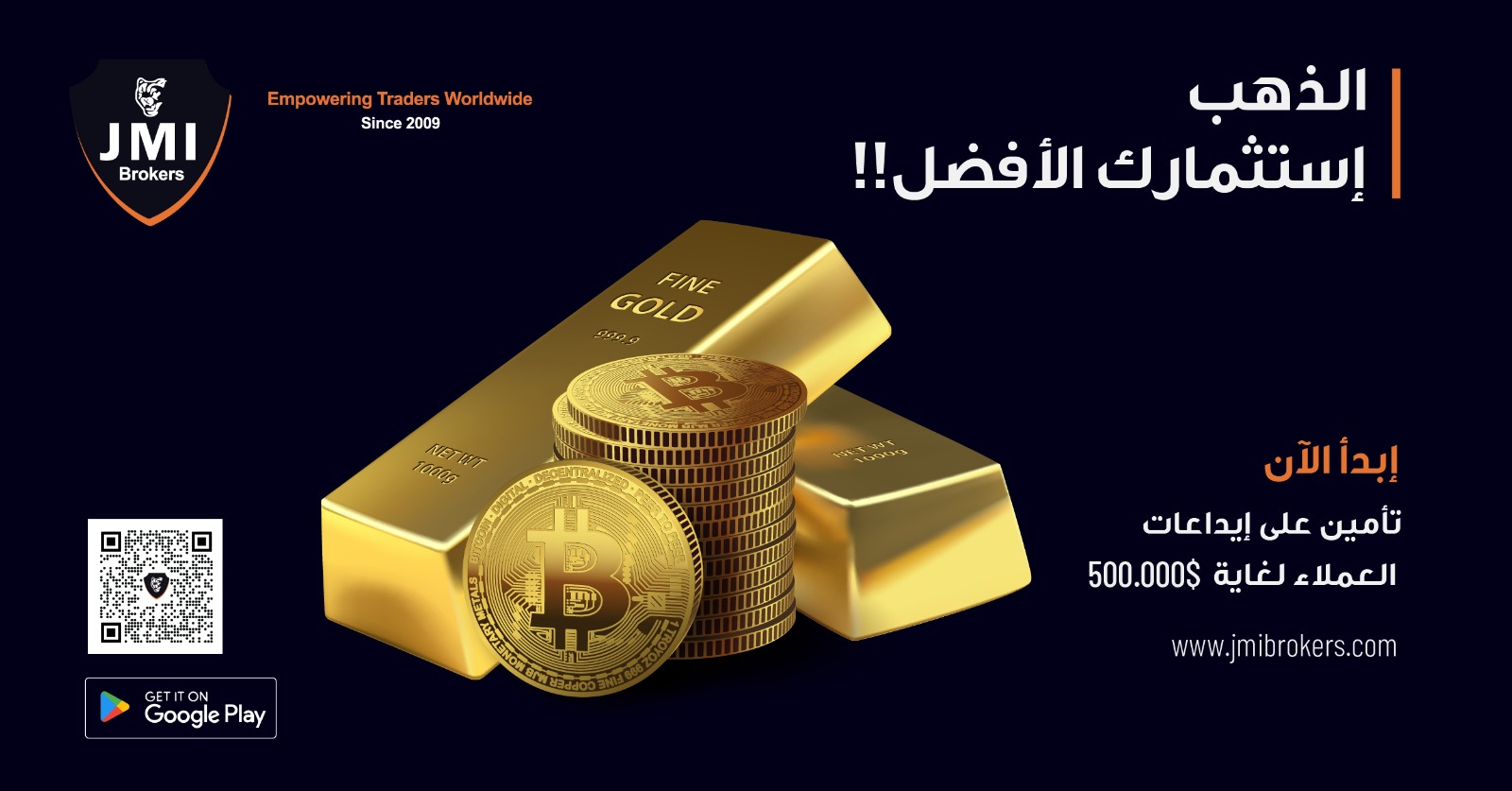Gold Trading: A Timeless Investment for Stability & Wealth
 Date: |
Date: |
Gold Trading: A Timeless Investment for Stability and Wealth Building
Gold has been a cornerstone of wealth and power throughout human history. Its intrinsic value, beauty, and scarcity have made it a symbol of stability, a hedge against economic uncertainty, and a vital component of investment portfolios worldwide. Gold trading, whether in its physical form or as financial instruments, remains a popular avenue for wealth creation and preservation. This article delves into the history, importance, methods, and strategies of trading in gold.
The Historical Significance of Gold
Gold’s history as a medium of exchange, store of value, and symbol of wealth dates back thousands of years. Ancient civilizations, including the Egyptians, Greeks, and Romans, recognized its value, using it for trade, jewelry, and as a currency standard.
In the 19th and 20th centuries, the gold standard tied the value of paper currencies to specific amounts of gold, anchoring economies in monetary stability. Although the gold standard is no longer in use, gold’s reputation as a "safe haven" asset has persisted, particularly during periods of economic turmoil, inflation, and geopolitical instability.
The Importance of Gold in Modern Trading
1. Hedge Against Inflation
Gold is often seen as a hedge against inflation. When fiat currencies lose purchasing power due to inflation, gold typically retains its value, offering stability to investors.
2. Portfolio Diversification
Gold provides diversification benefits to investment portfolios. Unlike stocks or bonds, gold’s price movements are often independent of traditional financial markets, helping to mitigate risks during market downturns.
3. Safe-Haven Asset
In times of geopolitical uncertainty or financial crises, investors turn to gold as a "safe haven." Its value often increases when other assets experience declines, making it an effective tool for preserving wealth.
4. High Liquidity
Gold is one of the most liquid assets globally, easily convertible into cash or other assets in virtually any market. This makes it an attractive choice for both short-term traders and long-term investors.
How to Trade in Gold
Gold trading can take many forms, catering to diverse investor preferences and risk appetites. Here are the primary methods:
1. Physical Gold
Investing in physical gold includes purchasing gold bars, coins, or jewelry. While tangible, this method requires secure storage and may involve additional costs like insurance and transportation.
2. Gold Futures and Options
Gold futures are contracts to buy or sell gold at a predetermined price on a specific future date. Options provide the right, but not the obligation, to trade gold at a certain price. These instruments are suitable for experienced traders who understand derivatives and leverage.
3. Gold ETFs and Mutual Funds
Exchange-Traded Funds (ETFs) and mutual funds that focus on gold allow investors to gain exposure to gold without owning it physically. These instruments track the price of gold or invest in gold-related assets like mining companies.
4. Gold Mining Stocks
Investing in companies that mine and produce gold can provide indirect exposure to gold’s price movements. These stocks often exhibit higher volatility than physical gold, offering potentially greater returns.
5. Gold CFDs and Forex
Contracts for Difference (CFDs) allow traders to speculate on gold price movements without owning the asset. Similarly, gold is often traded as a currency pair (e.g., XAU/USD) in the Forex market, making it accessible to forex traders.
Strategies for Successful Gold Trading
1. Fundamental Analysis
Gold prices are influenced by several factors, including:
- Central Bank Policies: Changes in interest rates and monetary policies by central banks like the Federal Reserve can impact gold prices. Lower interest rates generally boost gold’s appeal as a non-yielding asset.
- Economic Data: Indicators like inflation rates, unemployment figures, and GDP growth can affect gold’s demand.
- Geopolitical Events: Wars, political instability, and trade conflicts often drive investors toward gold.
Understanding these factors through fundamental analysis is key to predicting price movements.
2. Technical Analysis
Technical analysis involves studying price charts, patterns, and indicators to predict future movements. Common tools include:
- Moving Averages: To identify trends and support/resistance levels.
- Relative Strength Index (RSI): To gauge overbought or oversold conditions.
- Fibonacci Retracements: To determine potential reversal levels in gold prices.
3. Diversification
Do not allocate your entire portfolio to gold. While it’s a valuable asset, a diversified portfolio across stocks, bonds, and other commodities reduces overall risk.
4. Risk Management
Use stop-loss orders to limit potential losses. Additionally, avoid overleveraging when trading gold futures or CFDs, as this can lead to significant losses during volatile market conditions.
5. Stay Informed
Gold markets are dynamic and influenced by global events. Regularly monitor news, economic reports, and central bank announcements to stay ahead of market trends.
Risks Associated with Gold Trading
1. Volatility
Although gold is considered stable compared to other assets, its price can still experience significant fluctuations, especially in the short term.
2. Storage Costs
For physical gold investors, secure storage and insurance can be expensive and logistically challenging.
3. Market Manipulation
Gold prices can be influenced by large institutional players or sudden shifts in demand, affecting smaller traders.
4. Currency Risk
For international investors, fluctuations in the value of their home currency relative to the US dollar (in which gold is usually traded) can impact returns.
The Future of Gold Trading
As global economies face challenges like inflation, geopolitical tensions, and technological shifts, gold’s relevance is unlikely to diminish. Emerging technologies, such as blockchain, are also being integrated into gold trading, enabling greater transparency and efficiency through tokenized gold assets.
Furthermore, central banks continue to accumulate gold reserves, underscoring its enduring value as a financial asset. For individual investors, gold trading will remain an attractive option for diversification and wealth preservation in an uncertain world.
Conclusion
Gold trading has stood the test of time as a reliable avenue for wealth building and risk management. Its appeal lies in its stability, historical significance, and ability to act as a hedge against inflation and economic uncertainty. Whether through physical gold, financial instruments, or modern ETFs, traders and investors have numerous ways to engage with this timeless asset. With proper education, a sound strategy, and diligent risk management, gold trading can be a valuable addition to any investment journey.












